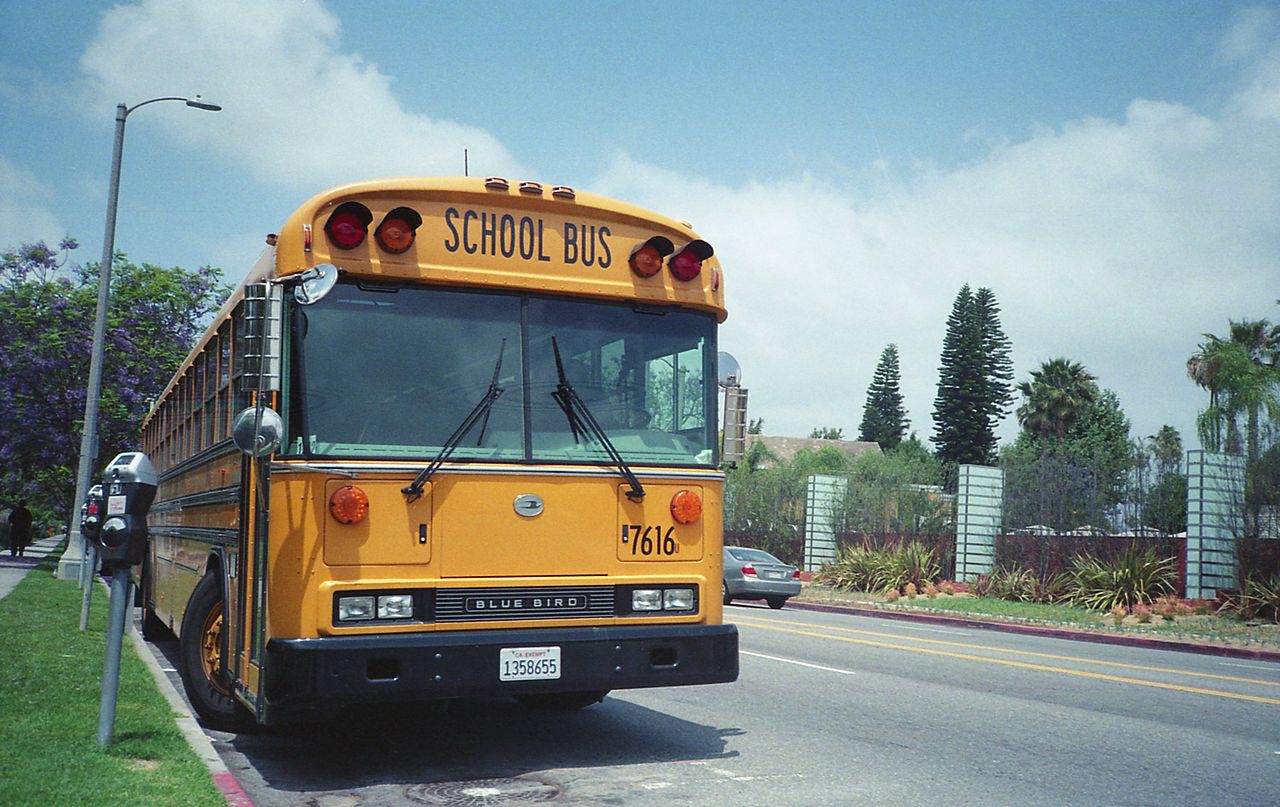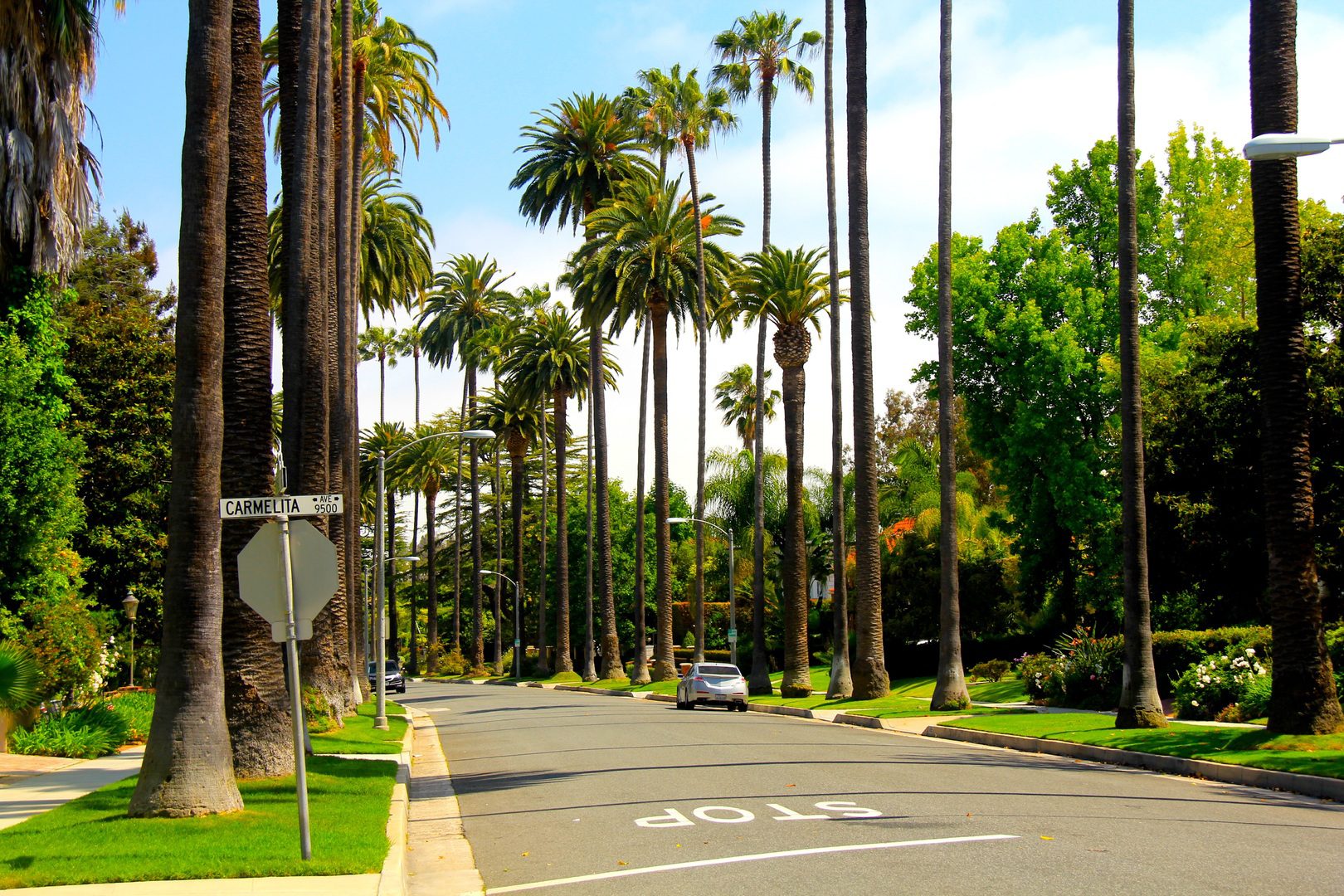A Southland wildlife center is making an urgent plea for donations Wednesday after the number of sick and hungry brown pelicans at the facility surpassed 200.
Since May 12, Los Angeles Wildlife Center — run by the nonprofit group Bird Rescue — has been inundated with the majestic birds. The cold and starving animals arrive sick and many have injuries associated with increasingly risky efforts to find food. Bird Rescue experts have not figured out the specific issue with the food supply, but they say the birds are failing to find enough to eat and taking extra risks when foraging.
The group’s specialized rehabilitation skills help them return to the wild, but it’s not cheap. Not only do the birds have voracious appetites, but many require extensive medical care to heal. The cost is $45 a day to cover food, medicine, and staff time, and Bird Rescue is spending $2,000 on fish each day.
Donations can be made at www.birdrescue.org/donate/.
As the birds regain enough health to be outdoors, they are housed in Bird Rescue’s 100-foot flight aviary. The public is encouraged to watch the recovering seabirds on the Live BirdCam at www.birdrescue.org/birdcams/live-los-angeles-center/.
Brown pelicans were added to the endangered species list in 1970 due to exposure to DDT and then removed in 2009. In 2010 and 2012, Bird Rescue’s wildlife centers saw similar inundations of brown pelican patients.
“Rescue efforts like in 2010 and 2012, and the one we’re undertaking now help keep pelicans off the endangered species list,” Bird Rescue CEO JD Bergeron said.
“Thanks to our banding program, we recently spotted a former patient feeding its young four years after its release in the wild,” Bergeron added. “This proves that the hard work to save one bird at a time can affect future populations.”
Pelicans in trouble appear weak, listless, and are often found in unusual places. Anyone who sees one or more birds displaying these symptoms should establish a 6-foot perimeter around the bird, while calling their local animal control officials. In Los Angeles and Orange counties, many beach cities have animal control officers who will capture pelicans and deliver them to Bird Rescue in San Pedro. Lifeguards often also have resources to help. If in doubt, contact International Bird Rescue’s Helpline at 310-514-2573.
People finding pelicans in Malibu can call California Wildlife Center at 310 458-WILD (9453). In the Ventura/Santa Barbara County area, contact the Santa Barbara Wildlife Care Network at 805-681-1080.







